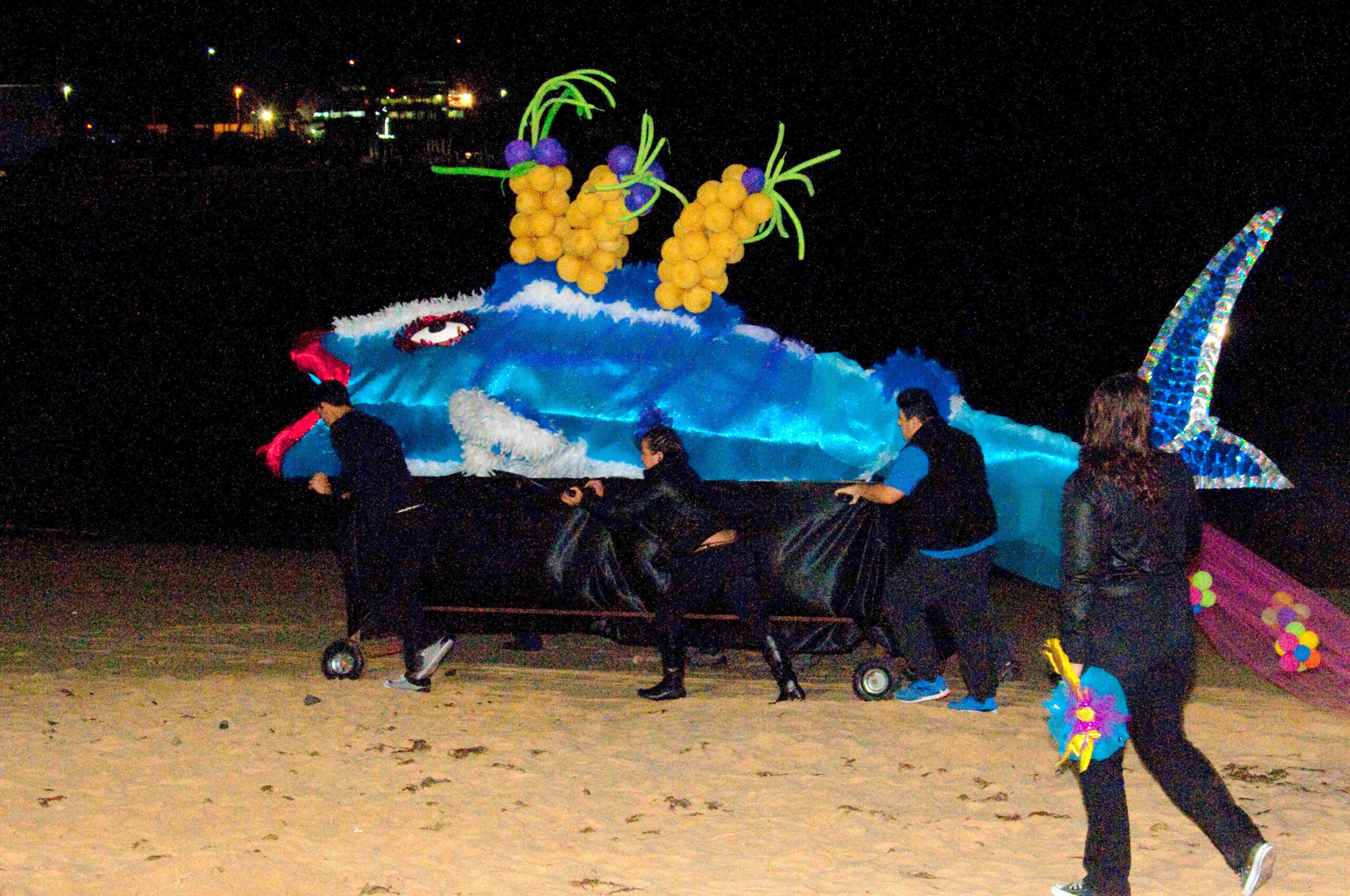In many European countries, Ash Wednesday is celebrated by the drawing of a cross on the forehead, made from ash. In Fuerteventura it is a much bigger and more lavish celebration, that can be seen all over the island.
An Article By Luisa Follano with The Voice Fuerteventura

Ash Wednesday
The ash used to form a cross on peoples foreheads's often comes from the palm leaves which were burnt after the previous year’s Palm Sunday celebrations. It is drawn to signify the beginning of Lent and to remember.....
“You are dust, and to dust you shall return.”
Here in the islands, there is also a ceremony which uses fire to remind us where we came from and mark the first day of Lent, but it is a much more lively and creative affair and whole towns or villages get involved.
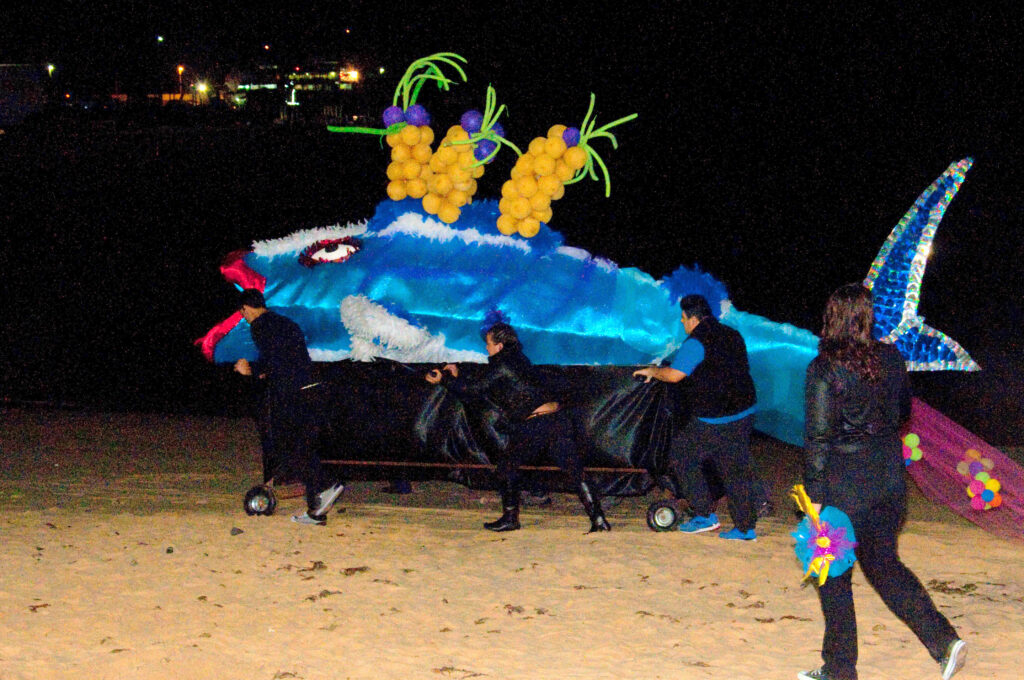
‘Entierro de la sardina’
Anyone visiting here for the first time, will be surprised to hear that we have a ceremony called ‘Entierro de la sardina’ or The Burial of the Sardine. In fact, as we live on an island that has easy access to the ocean, here it is more commonly referred to as The burning of the sardine rather than the burial. So what is this strange ceremony and why do we celebrate it?
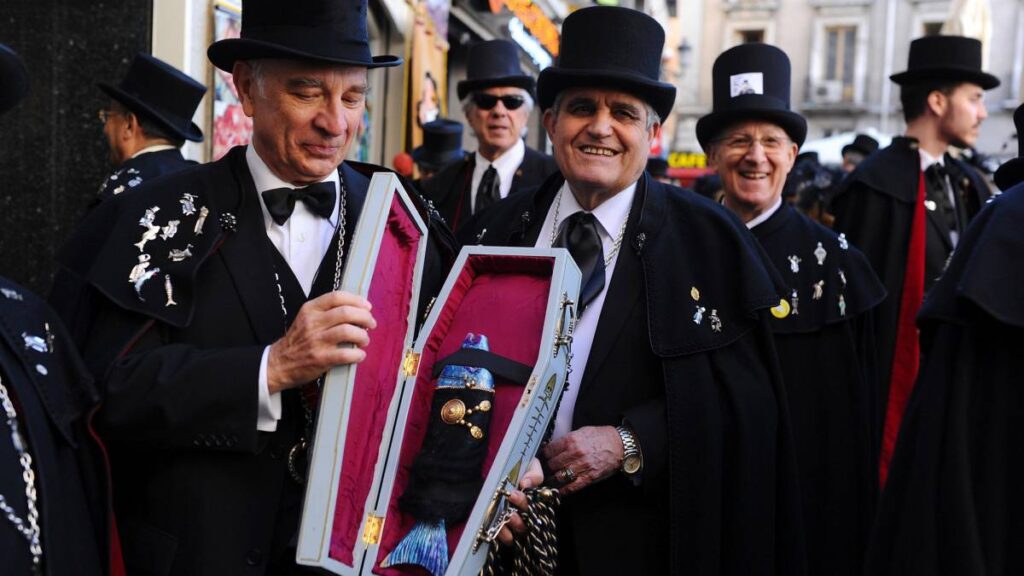
End of Carnival
The burial of the sardine is an annual ceremony that takes place on Ash Wednesday, all over Spain and in some South American countries. It signifies the end of the Carnival season and all of its festivities. It is a symbolic burial of the past and a time to welcome in a period of personal and communal rebirth. The passing through fire is thought to symbolise the ridding of vices, many of which are often carried out to excess during carnival, and the restoration of order after all the craziness.
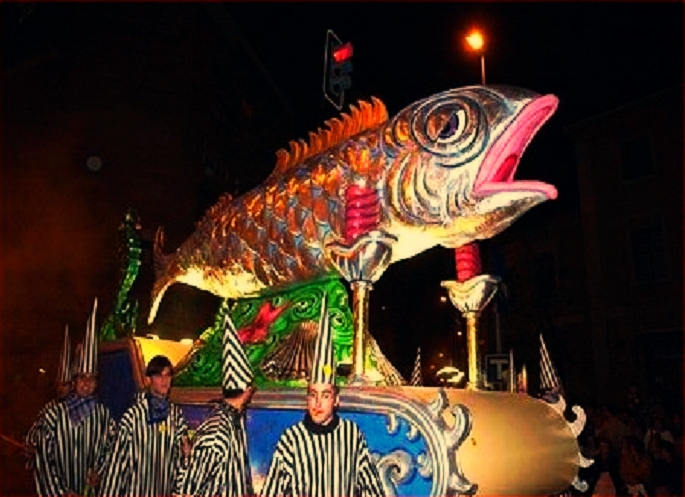
Ceremony in the Streets
The ceremony itself cosists of procession that is usually headed by someone pretending to be the public prosecutor, whose job is to clear the streets and make way for the sardine. He is accompanied by a fake priest and his assistant, and followed by a giant manmade effigy of a sardine. In some countries a cardboard coffin or decorated carriage is used to transport the real or fake sardine. Here it is a huge, highly decorated manmade fish, carried by about ten or so people. Following the sardine are widows adorned in black or traditional costume, often with lace covering their faces to show they are in mourning. If you look closely, many of them will be men dressed as women, as it is the perfect opportunity to dress up and have a bit of fun.

Burning on the Shore
As the procession continues, the women confess their sins to the fake priest and lament the death of the sardine with fake screams, rants and wails. If you look carefully, you will also see that somewhere in amongst them, lurks the devil. He will try and steal the sardine before he gets to the burial place, which in this case the sea front, but is often chased away by the local policemen or the priest. Finally, after a lot of larking about through the main street, the procession reaches the shoreline and the ceremony heightens to a bit of a frenzy as the sardine is placed in the water and set alight. The celebration ends with a bit of a beach party, as the sardine burns, signifying that carnival is over for another year.
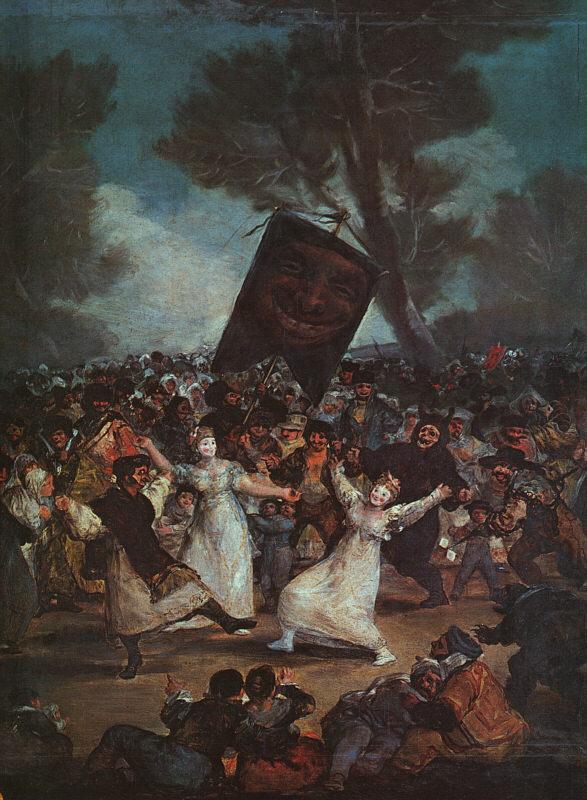
King Charles III
No one really knows where this celebration comes from, but it dates back right through history. The famous Spanish artist, Franciso Goya, painted “El Entierro de la Sardina” sometime between 1812 and 1819, but many believe it goes back further into the 17th Century and the reign of King Charles III of Spain.
According to the story, the king wanted the commoners to celebrate the end of carnival with him, so he ordered a meal of sardines and wine for all of them to enjoy. However, it was a really hot day and soon the fish began to smell and the only way to get rid of the foul stench was to bury all of the sardines. They say that this waste of good food was met with wails of mourning by the people as they were left with no food to eat, before entering into the period of abstinence.
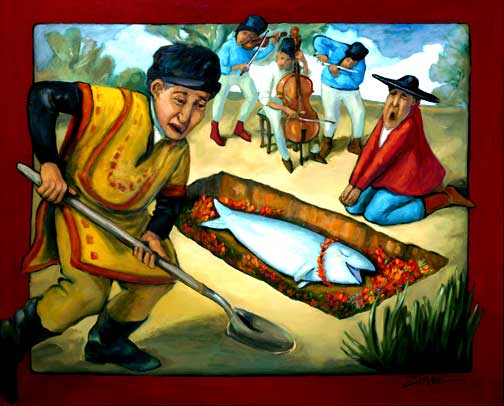
The Sardine
The second theory speaks of a pig which was bought out into the centre of town and buried on the first day of the holy period, whilst everyone watched. This burial was used to show that from that day, the commoners would have to forfeit eating meat for the holy period. The particular breed of pig used in the burial ceremony was known as a ‘Sardine” and is another possible explanation as to the ceremony’s strange name.
In truth, no one really knows where its name came from but one thing that is certain, is that this celebration is well worth watching, so get down to the shore at dusk and make sure you get a good view.

